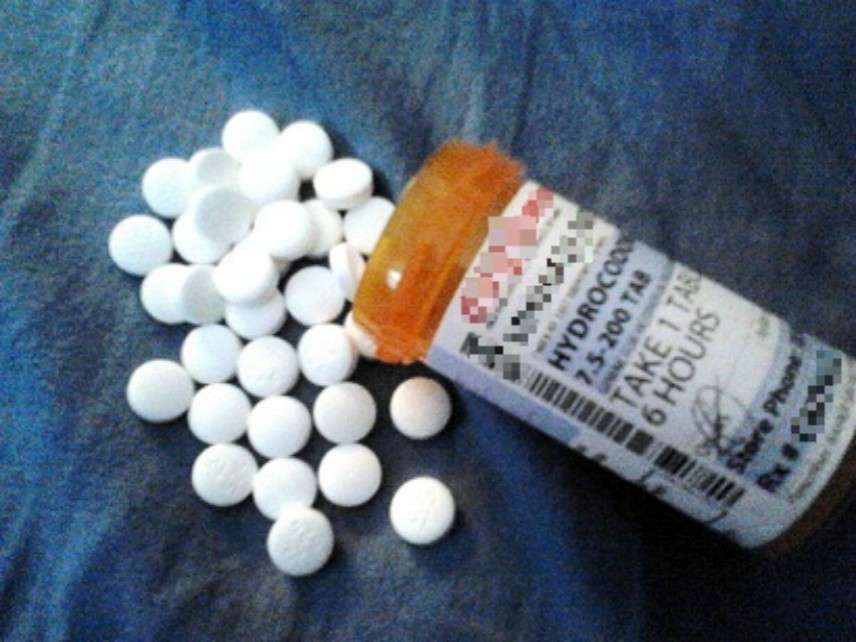Nevada Records Show 'Opioid-Related' Deaths Usually Involve Illicit Drugs or Mixtures
Deaths attributed solely to pain pills are rare in Clark County.

People who want to attack the "opioid crisis" by restricting access to pain medication often cite recent increases in opioid-related deaths as evidence that doctors have seriously underestimated the dangers that drugs like hydrocodone and oxycodone pose to patients. Yet those trends are driven mainly by heroin and illicit fentanyl, and even when pain pills are involved they are usually combined with other drugs. A recent report by KLAS-TV, the CBS station in Las Vegas, highlights that reality by examining every death that the Clark County coroner tied to opioids from the beginning of 2017 through April 18 of this year.
Most of the "opioid-related" deaths during this period (221 of 430, by my count*) involved heroin or fentanyl, and more than three-quarters (328 of 430) involved multiple drugs. The additional substances include alcohol, benzodiazepines, cocaine, and methamphetamine as well as other opioids. Other jurisdictions also report that drug mixtures are typical in opioid-related deaths. In New York City, for example, 97 percent of drug-related deaths involve more than one substance.
Just 11 percent of the opioid-related deaths in Clark County (47 of 430) involved a single prescription opioid. Fourteen of those cases involved methadone, which can be prescribed for pain but is better known as a treatment for heroin addiction. Seven are listed as suicides, and 21 involved complicating factors such as cancer, morbid obesity, heart disease, chronic obstructive pulmonary disease, and (in one case) a gunshot wound to the chest. Excluding methadone, suicides, and complicating conditions leaves nine cases where the only cause listed is a commonly prescribed pain medication: hydrocodone (five cases), oxycodone (two), hydromorphone (one), and oxymorphone (one). That's 2 percent of the opioid-related deaths.
Clark County's records do not tell us whether those opioids were prescribed for the people who took them, let alone whether they were bona fide patients. But it's clear that the risk for any given patient is very low. In Nevada, KLAS reporters George Knapp and Matt Adams note, "99.98 percent of all opioid prescriptions do not result in overdoses." Similarly, a 2015 study of opioid-related deaths in North Carolina found 478 fatalities among 2.2 million residents who were prescribed opioids in 2010, an annual rate of 0.022 percent.
[*I excluded three deaths where phencyclidine (PCP) was the only drug mentioned and one that was attributed to mitragynine, the chief active ingredient in kratom. I counted morphine mentions as heroin mentions, since the body quickly converts heroin into morphine and heroin use is the most likely explanation when morphine shows up in an autopsy.]


Show Comments (12)